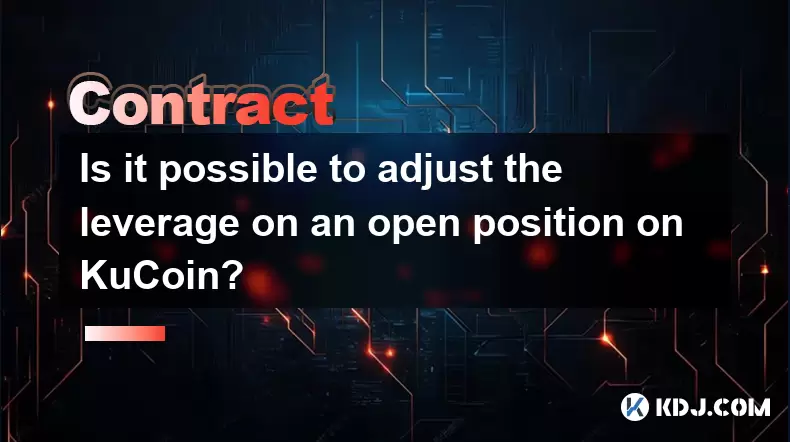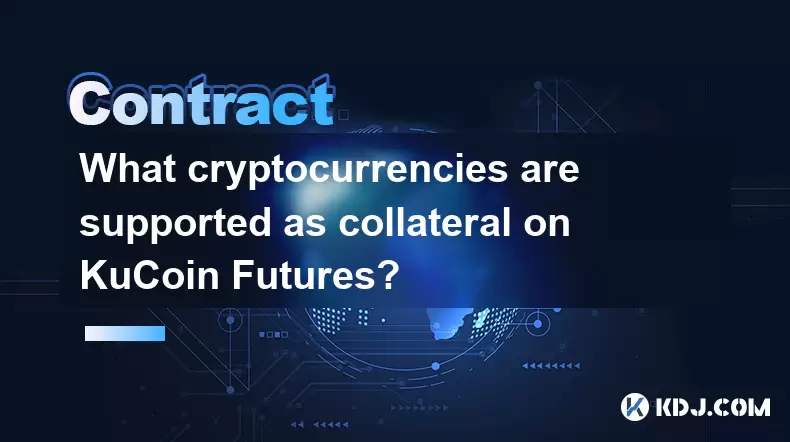-
 Bitcoin
Bitcoin $117600
0.25% -
 Ethereum
Ethereum $4424
0.10% -
 XRP
XRP $3.101
0.50% -
 Tether USDt
Tether USDt $1.001
-0.01% -
 BNB
BNB $836.2
1.26% -
 Solana
Solana $188.8
2.11% -
 USDC
USDC $1.000
0.01% -
 Dogecoin
Dogecoin $0.2301
0.57% -
 TRON
TRON $0.3485
-1.00% -
 Cardano
Cardano $0.9209
-1.34% -
 Hyperliquid
Hyperliquid $46.72
-1.19% -
 Chainlink
Chainlink $22.62
4.84% -
 Stellar
Stellar $0.4275
-0.38% -
 Sui
Sui $3.761
1.91% -
 Bitcoin Cash
Bitcoin Cash $586.7
-0.25% -
 Ethena USDe
Ethena USDe $1.001
0.01% -
 Hedera
Hedera $0.2510
2.06% -
 Avalanche
Avalanche $24.21
2.22% -
 Litecoin
Litecoin $119.7
1.07% -
 Toncoin
Toncoin $3.450
1.06% -
 UNUS SED LEO
UNUS SED LEO $9.411
-0.93% -
 Shiba Inu
Shiba Inu $0.00001298
1.20% -
 Uniswap
Uniswap $10.98
3.25% -
 Polkadot
Polkadot $3.961
2.16% -
 Dai
Dai $1.000
0.00% -
 Bitget Token
Bitget Token $4.642
0.95% -
 Cronos
Cronos $0.1514
0.57% -
 Ethena
Ethena $0.7290
3.78% -
 Monero
Monero $254.1
7.69% -
 Pepe
Pepe $0.00001102
2.47%
Tutorial on Poloniex contract trading
Contract trading on Poloniex offers increased leverage, allowing traders to magnify returns but also amplifying risks; thorough understanding and risk management are crucial.
Dec 01, 2024 at 08:16 pm
Tutorial on Poloniex Contract Trading
Poloniex is a reputable cryptocurrency exchange that has extended its offerings to include contract trading, a popular method of speculating on the price movements of underlying cryptocurrencies. Contract trading provides the potential for increased leverage, allowing traders to magnify their returns but also amplifying their risks. This comprehensive tutorial will guide you through the intricate steps of contract trading on Poloniex.
Step 1: Understanding Contract Trading
Contract trading involves entering into an agreement to buy or sell a specific amount of an underlying cryptocurrency at a specified price and time in the future. Unlike spot trading, contract trading occurs on a derivatives market, where traders do not physically own the underlying cryptocurrency. This allows for flexible trading strategies and the ability to speculate on price movements without holding the asset itself.
Step 2: Opening a Trading Account
To participate in contract trading on Poloniex, you must open a trading account. This involves undergoing KYC (Know Your Customer) and AML (Anti-Money Laundering) procedures, providing personal and financial information for verification. Once your account is verified, you can fund it with the cryptocurrency of your choice, ensuring you have sufficient funds for trading.
Step 3: Selecting a Trading Pair and Contract Type
Poloniex offers a range of trading pairs for contract trading, each representing a specific cryptocurrency. After selecting a trading pair, you need to choose the type of contract you wish to trade. Perpetual contracts, also known as inverse perpetual futures, are the most common type on Poloniex. These contracts do not have an expiry date and provide continuous exposure to the underlying cryptocurrency.
Step 4: Placing an Order
When you're ready to enter a trade, you need to specify the order type, quantity, and price. Poloniex supports various order types, including market orders (executed immediately at the best available price) and limit orders (executed only when the price reaches a specified level). The quantity represents the number of contracts you wish to trade, while the price determines the specific price at which you want to buy or sell.
Step 5: Managing Risk
Contract trading involves significant risk due to the use of leverage. Leveraged trading allows traders to increase their exposure to the underlying cryptocurrency, amplifying both potential profits and losses. It's crucial to understand the concept of leverage and implement sound risk management practices. Poloniex offers features such as stop-loss orders to limit potential losses and prevent catastrophic outcomes.
Step 6: Closing a Position
Closing a position involves exiting a trade. You can close a position by placing an opposing order, such as buying to close a short position or selling to close a long position. Alternatively, you can use the "Close Position" button in the trading interface to close your position at the current market price.
Step 7: Settlement
Once a position is closed, the contract is settled. Settlement involves transferring the profit or loss to your trading account. Perpetual contracts are settled in the underlying cryptocurrency, while futures contracts may be settled in cash or the underlying asset, depending on the contract specifications.
Step 8: Advanced Trading Strategies
As you gain experience in contract trading on Poloniex, you can explore advanced trading strategies. These include using indicators, chart patterns, and technical analysis to make informed trading decisions. Additionally, Poloniex offers advanced order types, such as trailing stop-loss orders and bracket orders, to automate your trading strategies and enhance risk management.
Additional Tips for Poloniex Contract Trading:
- Familiarize yourself thoroughly with contract trading concepts and risks before engaging in any trades.
- Start with a small amount of capital and gradually increase your trading size as you gain experience.
- Implement a clear trading plan and stick to it.
- Monitor your positions regularly and adjust your risk management strategies as needed.
- Take advantage of Poloniex's educational resources, community forums, and support channels to enhance your trading knowledge and skills.
Disclaimer:info@kdj.com
The information provided is not trading advice. kdj.com does not assume any responsibility for any investments made based on the information provided in this article. Cryptocurrencies are highly volatile and it is highly recommended that you invest with caution after thorough research!
If you believe that the content used on this website infringes your copyright, please contact us immediately (info@kdj.com) and we will delete it promptly.
- Kazakhstan's Crypto Leap: Bitcoin ETF and Central Asia's Digital Finance Future
- 2025-08-13 12:45:19
- BlockDAG Presale Blazes Past $371M: Fundraising Frenzy Fuels Crypto Sensation
- 2025-08-13 13:05:21
- Meme Coins: Chasing the 2025 Surge – Which Will Moonshot?
- 2025-08-13 10:25:23
- Bitcoin's Wild Ride: Rally, Pullback, and What's Next
- 2025-08-13 10:25:23
- Bitcoin, Bitmax, and Institutional Demand: A New Era of Crypto Investment
- 2025-08-13 10:45:12
- Solana, ROAM, and Airdrops: What's the Buzz in 2025?
- 2025-08-13 11:35:13
Related knowledge

Is it possible to adjust the leverage on an open position on KuCoin?
Aug 09,2025 at 08:21pm
Understanding Leverage in KuCoin Futures TradingLeverage in KuCoin Futures allows traders to amplify their exposure to price movements by borrowing fu...

What cryptocurrencies are supported as collateral on KuCoin Futures?
Aug 11,2025 at 04:21am
Overview of KuCoin Futures and Collateral MechanismKuCoin Futures is a derivatives trading platform that allows users to trade perpetual and delivery ...

What is the difference between realized and unrealized PNL on KuCoin?
Aug 09,2025 at 01:49am
Understanding Realized and Unrealized PNL on KuCoinWhen trading on KuCoin, especially in futures and perpetual contracts, understanding the distinctio...

What different order types are available to use on KuCoin Futures?
Aug 13,2025 at 11:35am
Understanding Order Types on KuCoin FuturesKuCoin Futures offers a comprehensive range of order types to accommodate different trading strategies and ...

How does KuCoin Futures compare against Binance Futures in terms of features?
Aug 09,2025 at 03:22am
Trading Interface and User ExperienceThe trading interface is a critical component when comparing KuCoin Futures and Binance Futures, as it directly i...

How can I manage risk when applying high leverage on KuCoin?
Aug 13,2025 at 11:35am
Understanding High Leverage and Its Implications on KuCoinHigh leverage in cryptocurrency trading allows users to control larger positions with a rela...

Is it possible to adjust the leverage on an open position on KuCoin?
Aug 09,2025 at 08:21pm
Understanding Leverage in KuCoin Futures TradingLeverage in KuCoin Futures allows traders to amplify their exposure to price movements by borrowing fu...

What cryptocurrencies are supported as collateral on KuCoin Futures?
Aug 11,2025 at 04:21am
Overview of KuCoin Futures and Collateral MechanismKuCoin Futures is a derivatives trading platform that allows users to trade perpetual and delivery ...

What is the difference between realized and unrealized PNL on KuCoin?
Aug 09,2025 at 01:49am
Understanding Realized and Unrealized PNL on KuCoinWhen trading on KuCoin, especially in futures and perpetual contracts, understanding the distinctio...

What different order types are available to use on KuCoin Futures?
Aug 13,2025 at 11:35am
Understanding Order Types on KuCoin FuturesKuCoin Futures offers a comprehensive range of order types to accommodate different trading strategies and ...

How does KuCoin Futures compare against Binance Futures in terms of features?
Aug 09,2025 at 03:22am
Trading Interface and User ExperienceThe trading interface is a critical component when comparing KuCoin Futures and Binance Futures, as it directly i...

How can I manage risk when applying high leverage on KuCoin?
Aug 13,2025 at 11:35am
Understanding High Leverage and Its Implications on KuCoinHigh leverage in cryptocurrency trading allows users to control larger positions with a rela...
See all articles

























































































